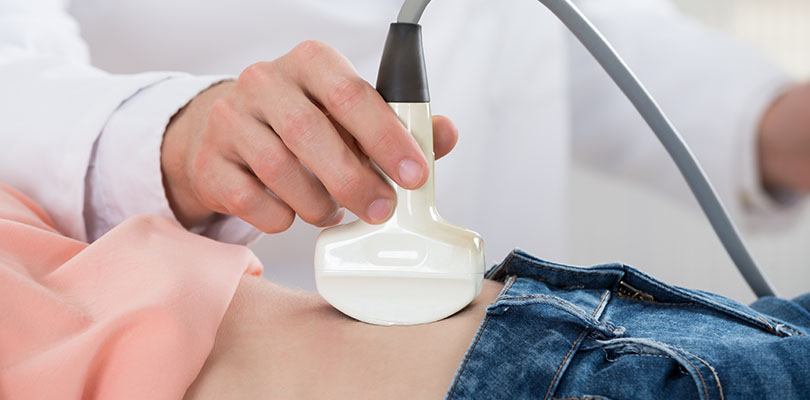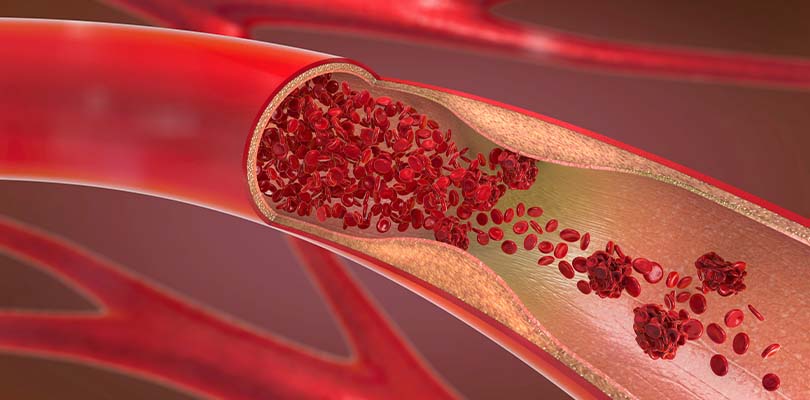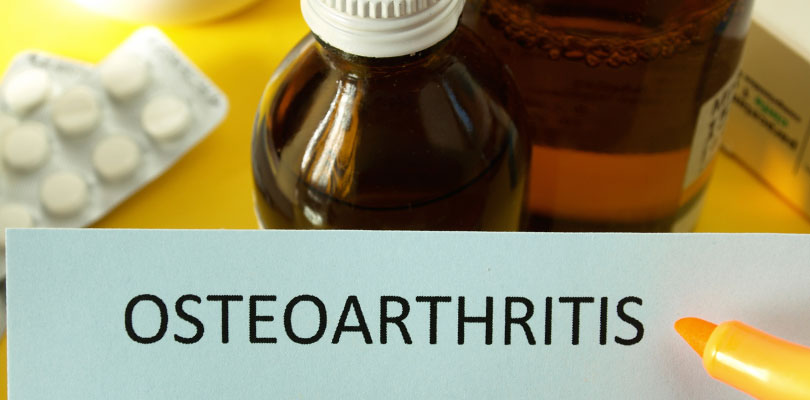I Have an Ovarian Cyst, What Do I Do Now?
Most ovarian cysts are never noticed and usually go away without you or doctor knowing that they were ever there. Generally, ovarian cysts don’t cause any symptoms, but pain and fullness in the abdomen or pelvis are common
If your doctor finds a cyst during an ultrasound, you might be wondering whether you should be concerned.
Here is what you need to know about ovarian cysts, including types of cysts, symptoms, causes and risk factors, complications, prevention and what to expect once your doctor finds you have an ovarian cyst.
What Are Ovarian Cysts?
The term “cyst” is a general one used to describe a fluid-filled sac that grows on specific areas of the body. Ovarian cysts are cysts that grow inside or on top of one or both of your ovaries.
Types of Ovarian Cysts
The most common type of ovarian cyst is a functional cyst, which is usually not dangerous and rarely causes symptoms. Other benign (harmless) ovarian cysts are less common, and cancerous cysts are rare.
Follicle cysts and corpus luteum cysts are the most common types of cysts, and both are functional.
Your ovaries contain fluid-filled sacs called follicles, containing immature eggs. Once an egg matures, it is released into the ovary to its respective fallopian tube through a process called ovulation.
Sometimes, the follicle does not release an egg during ovulation, and fluid fills inside the ovary. In that case, a follicle cyst is formed.
If the follicle releases the egg and the sac closes and swells with fluid or blood, the result is a corpus luteum cyst.
There are three less common cysts. These are all harmless and do not cause cancer.
- A condition called endometriosis, which occurs when the lining of the uterus grows outside of the uterus can cause cysts called endometriomas. According to the Endometriosis Foundation of America, these cysts may affect up to 40% of women with endometriosis.
- These cysts form from cells present from birth, but they don’t cause any symptoms. These cysts grow slowly and only cause pain if they rupture.
- Ovarian cysts either contain mucus or clear fluid. Cystadenomas require surgery if they get too large.
Women with polycystic ovary syndrome (PCOS) may develop many small, reoccurring cysts on their ovaries. The cysts are not harmful but can lead to hormonal imbalances and make getting pregnant difficult.
Cancerous cysts are rare, but they are more common in older women. These cysts mean ovarian cancer. But most women have less than a two percent chance of developing ovarian cancer in their lifetimes, this according to the American Cancer Society.
Doctors tend to take ovarian cysts seriously and do their best to determine if these might be cancerous. Most cysts, however, are not cancerous.
Symptoms
Ovarian cysts rarely cause symptoms. If that do cause symptoms, these may include:
- Pain during periods
- Breast pain
- Fullness in the abdomen
- Pain during sexual intercourse
- Nausea and/or vomiting
- Pain in the low back, thighs and/or pelvis
- Significant weight changes, usually weight gain
- Difficulty emptying the bladder completely
Some symptoms may require you to seek out immediate medical attention. These include:
- Fainting and/or weakness
- Dizziness
- Severe abdominal pain or abdominal pain with vomiting and fever
- Breathing difficulties, especially rapid breathing
Causes and Risk Factors
The most causes of ovarian cysts are hormones, endometriosis, pregnancy, and severe pelvic infections.
Hormonal imbalances are to blame for most functional cysts. Any infection in the ovaries or fallopian tubes could potentially cause the formation of ovarian cysts.
During early pregnancy, ovarian cysts develop, but these usually dissolve on their own before the latter part of pregnancy. Ones that last longer might need surgical removal.
Endometriomas form when endometriosis tissue attaches to the ovaries and forms a growth. These types of cysts cause pain during periods and sometimes, during sexual intercourse.
Women who might have a higher risk for ovarian cysts are those that have:
- A history of previous ovarian cysts
- Irregular periods
- Struggled with infertility
- Polycystic ovarian syndrome
- Endometriosis
- Started periods before age 11
- Hyperthyroidism
- Used Tamoxifen therapy for breast cancer
In this article, we discuss treatment for gallstones, gallstones prevention, and how to get back to living your healthiest life.
Complications
Ovarian cysts rarely cause cancer, but sometimes, they lead to complications.
- Rupture. If an ovarian cyst ruptures, severe pain in the lower abdomen is common. Pain will be worse if there is an infection.
- Torsion. Sometimes, the stem of the ovary becomes twisted from a cyst is growing on its surface. The twisting will block blood flow to the cyst and cause severe low abdominal pain.
- Ovarian cancer. Some cysts may be an indication of early ovarian cancer. Women with risk factors for ovarian cancer, such as family history, should make their doctors aware of such information.
Cyst on Your Ultrasound
If your doctor finds you have a functional ovarian cyst, and you are not experiencing severe pain or bleeding, your doctor will recommend waiting a couple of months to see if it changes its size. Most cysts go away after one or two menstrual cycles.
Your doctor will consider additional testing if the type of cyst is unknown, if both ovaries are affected, or if the size of a cyst is greater than 3 inches. Post-menopausal women and girls who are not yet menstruating should not get functional cysts and they, too, would require further testing should a doctor find a cyst on an ultrasound.
Your doctor will likely request additional testing if you have a history of ovarian cancer or genetic and other risk factors. The higher your risk for ovarian cancer, the more aggressive the testing will be to determine the cause of the ovarian cyst.
If you are experiencing severe pain or vaginal bleeding or if the cyst does not get smaller or go away after 2 or 3 menstrual cycles, your doctor might suggest treatment.
Further Testing
There are a few options for additional testing for ovarian cysts that may be a concern.
A laparoscopy can be done to look at the ovaries and perform a biopsy to take a sample of the cyst. Depending on what the biopsy reveals, the cyst or the ovary might be surgically removed.
A cancer antigen test, called a CA-125, is done in cases where the patient has a very high risk for ovarian cancer, usually because there is a family history of the disease. The CA-125 is relied upon in addition to ultrasound results because the CA-125 is not reliable on its own.
Treatments
Treatment of the cyst depends on your age, the size and type of cysts, and what symptoms you are experiencing.
Waiting
If your doctor sees no reason to be concerned, he or she will suggest waiting to see if the cyst disappears within a few months. This is generally the best course if you are not experiencing any abnormal symptoms and if the cyst is small and functional.
Another pelvic or transvaginal ultrasound will likely be done a few months after the initial one to determine whether the cyst has changed in size.
Medication
Your doctor may recommend birth control pills to keep you from developing new ovarian cysts in the future. But birth control pills will not treat or shrink an existing cyst.
Surgery
Surgery might be recommended for cysts that are large, don’t appear to be functional cysts, cause pain or stay longer than 2 to 3 menstrual cycles. Sometimes, a cyst is removed without removing the ovary, but other times, the affected ovary is also removed.
If a cyst turns out to be cancerous, you will be referred to a gynecologic oncologist, who may suggest having your uterus, ovaries and fallopian tubes removed, a procedure called a hysterectomy. Chemotherapy and radiation are alternative or additional options.
Prevention
There is no way to prevent the formation of ovarian cysts. Therefore, it is important to have regular pelvic exams to allow for early detection and treatment, and prevent the potential for complications.







